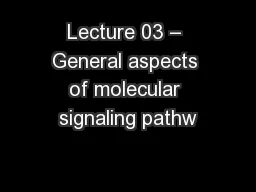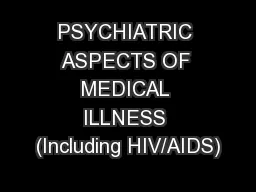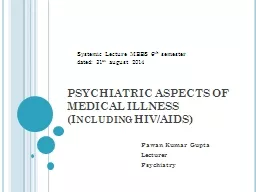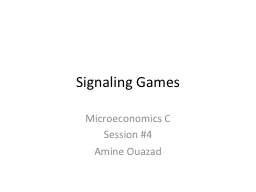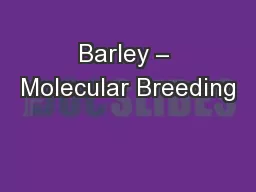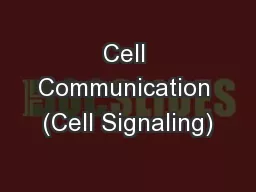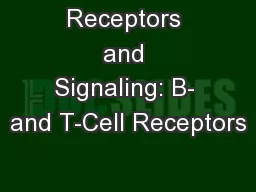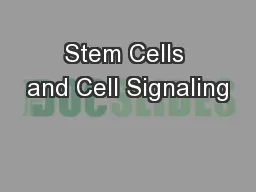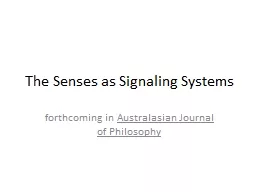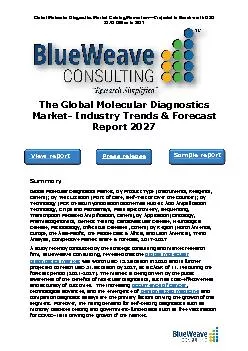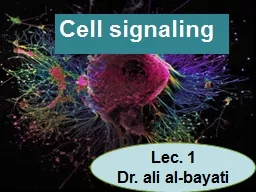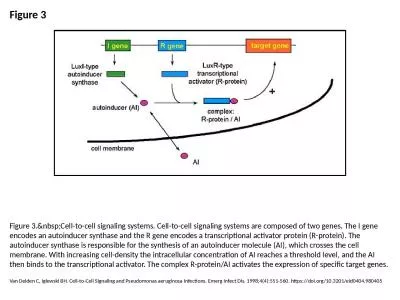PPT-Lecture 03 – General aspects of molecular signaling pathw
Author : pasty-toler | Published Date : 2016-06-29
BIOL 51906190 Cellular amp Molecular Singal Transduction Prepared by Bob Locy Last modified 13F G Protein Coupled Receptor Pathways G Protein Coupled Receptors
Presentation Embed Code
Download Presentation
Download Presentation The PPT/PDF document "Lecture 03 – General aspects of molecu..." is the property of its rightful owner. Permission is granted to download and print the materials on this website for personal, non-commercial use only, and to display it on your personal computer provided you do not modify the materials and that you retain all copyright notices contained in the materials. By downloading content from our website, you accept the terms of this agreement.
Lecture 03 – General aspects of molecular signaling pathw: Transcript
Download Rules Of Document
"Lecture 03 – General aspects of molecular signaling pathw"The content belongs to its owner. You may download and print it for personal use, without modification, and keep all copyright notices. By downloading, you agree to these terms.
Related Documents

